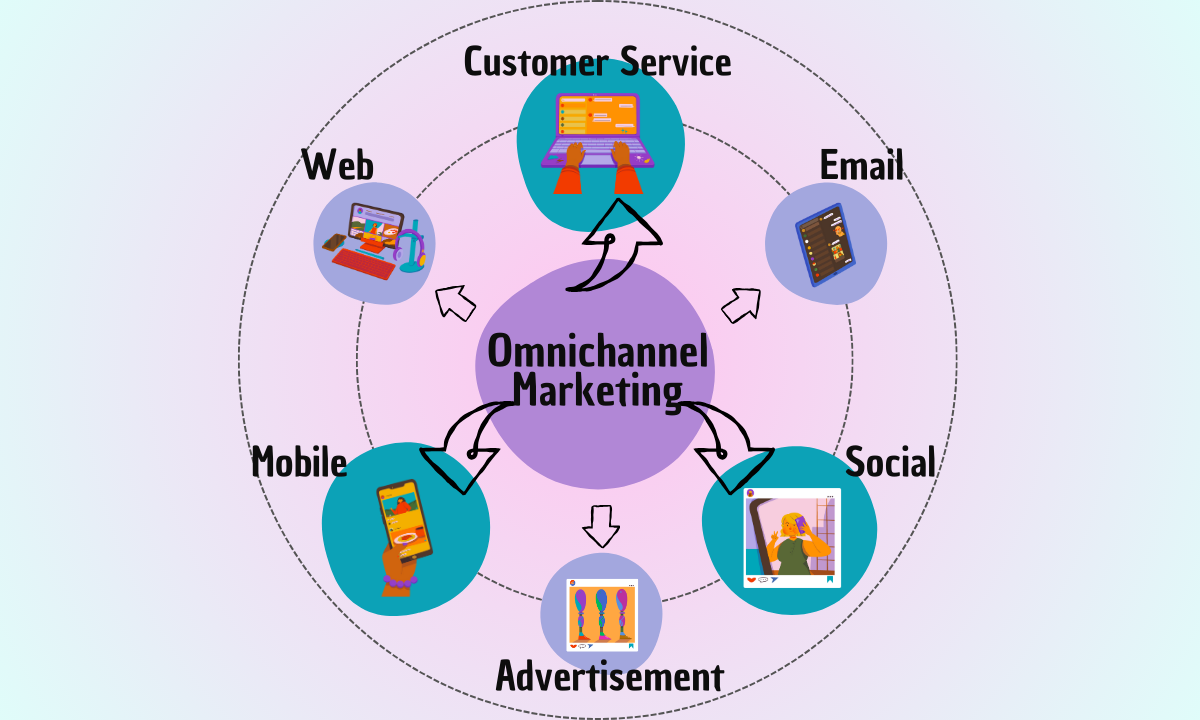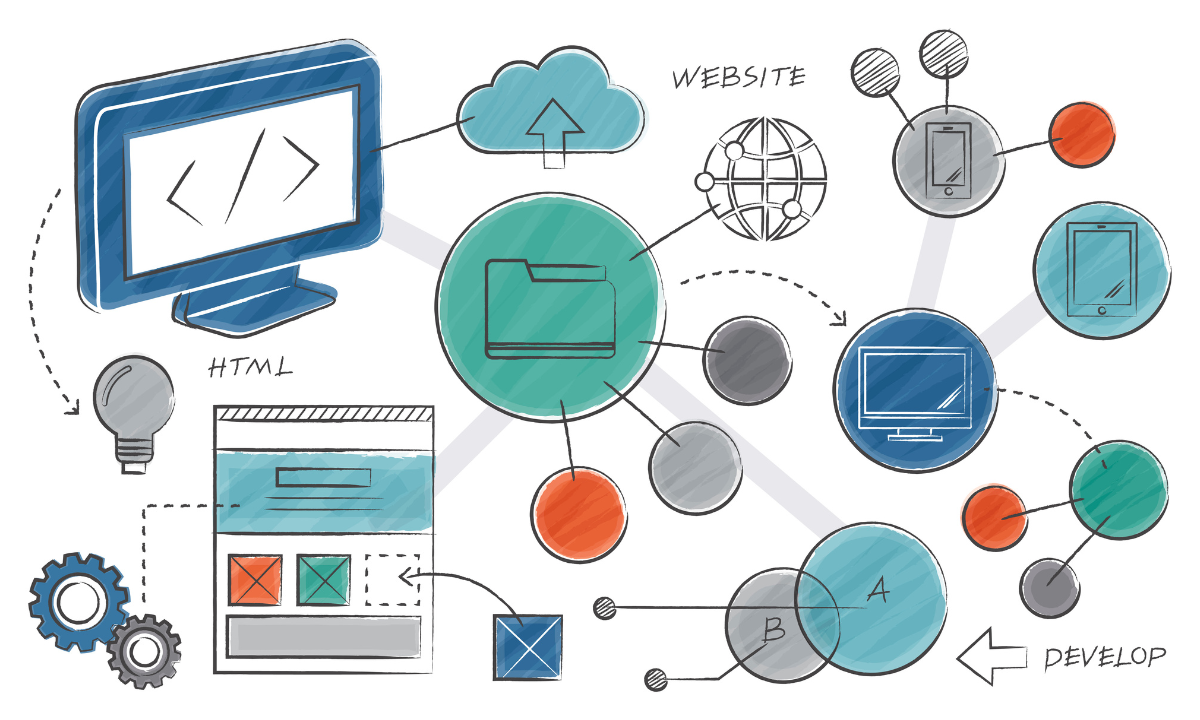Originally published on LinkedIn.
Consumers expect your presence wherever they are. They seamlessly switch between online and offline channels, researching, browsing, and making purchases across various touchpoints. Customers expect a smooth and consistent experience no matter how they interact with your brand. This is where omnichannel marketing comes in.
WHAT IS OMNICHANNEL MARKETING?
Omnichannel marketing is the strategic integration of all your marketing channels, both online and offline, to create a unified and personalized journey for your customers. It goes beyond simply using multiple channels; it’s about ensuring those channels work together seamlessly to provide a unified experience. In other words, omnichannel means customers get the same experience with a company, whether online, in-store, on the phone, or anywhere else.
WHY IS OMNICHANNEL MARKETING IMPORTANT?
The benefits of omnichannel marketing are numerous:
- Increased customer satisfaction: By providing a seamless experience across all touchpoints, you build trust and loyalty with your customers. They’ll appreciate the ease of scheduling and managing their roof replacement project, regardless of the channel.
- Improved brand perception: A consistent brand voice and messaging across all platforms reinforces your brand identity and fosters a stronger connection with potential customers who are looking for a reliable roofing service.
- Enhanced marketing effectiveness: Omnichannel strategies leverage the strengths of different channels, allowing you to reach your target audience more effectively and efficiently. This can lead to increased qualified leads and booked appointments.
STRATEGIES FOR AN EFFECTIVE OMNICHANNEL MARKETING CAMPAIGN
- Develop a customer journey map: Understand the different touchpoints homeowners have with your roofing company, from initial awareness to project completion and beyond. This helps you tailor your messaging and content to each stage of the journey.
- Ensure consistent branding: Maintain a consistent brand voice, visuals, and messaging across all channels, including your website, social media, email marketing, and offline materials like brochures and flyers.
- Personalize your communications: Leverage customer data to personalize your marketing messages and offers based on the homeowner’s specific needs and location. This makes your communications more relevant and engaging.
- Optimize for different devices: Ensure your website and online booking system are responsive and user-friendly across all devices, including desktops, tablets, and smartphones.
- Integrate your channels: Break down silos between your marketing channels and ensure they work together seamlessly. This allows you to track customer interactions across different touchpoints and provide a more unified experience.
- Invest in customer relationship management (CRM) tools: These tools help you manage customer data and interactions across different channels, allowing for better personalization, communication, and project management.
- Track and analyze results: Regularly monitor the performance of your omnichannel campaigns and use the data to identify areas for improvement and optimize your strategies for future campaigns.
OMNICHANNEL MARKETING EXAMPLE: ROOFING COMPANY
Here’s an example of how a roofing company can leverage omnichannel marketing:
- Step 1: A homeowner sees a targeted social media ad showcasing the company’s expertise in replacing roofs.
- Step 2: The homeowner searches for “roof replacement” on Google and sees a targeted ad from the same roofing company appearing at the top of the search results page or alongside relevant search results. This ad reinforces the message from the social media ad and increases the chances of the homeowner clicking through to the company’s website.
- Step 3: They visit the company’s website on their phone to learn more about their services and request a free inspection.
- Step 4: They receive a personalized email with a link to schedule an appointment online or by phone.
- Step 5: A roofing specialist visits the homeowner’s house to conduct a thorough inspection and discuss their specific needs and budget.
- Step 6: The homeowner receives a detailed proposal outlining the scope of work, materials, and estimated timeline via email.
- Step 7: After the project is completed, the homeowner receives a follow-up email with care instructions and information about the company’s warranty
In this example, the homeowner’s experience is consistent and informative across all touchpoints, from initial awareness to project completion. This builds trust and confidence, making them more likely to choose this company for future roof repair needs and recommend them to others.
By implementing these strategies, you can create a seamless and personalized customer experience for potential and existing clients, leading to increased customer satisfaction, brand loyalty, and a thriving roof replacement business. Remember, omnichannel marketing is an ongoing process, so be prepared to adapt and refine your approach as your customers’ needs and marketing trends evolve.








